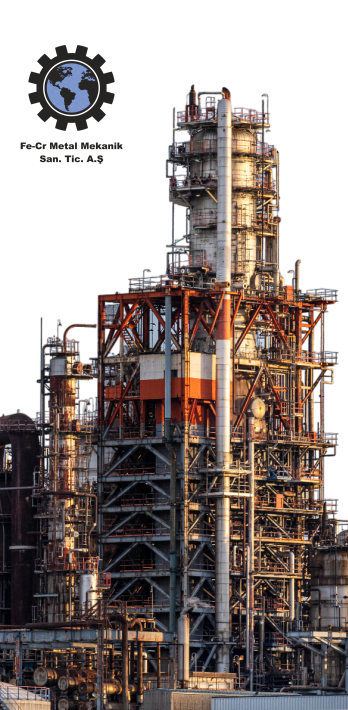.jpg)
Sandblasting: Sandblasting is a surface preparation technique that uses abrasive materials propelled by high-pressure air or water to clean, smooth, or texture surfaces. It is commonly employed to prepare surfaces for further treatment or to remove contaminants. Here's a detailed overview of the sandblasting process:
- Preparation:
- Tasks: Clean and prepare the surface to be treated. Implement protective measures and adhere to work safety standards.
- Importance: Ensures the safety of workers and the effectiveness of the sandblasting process.
- Material Selection:
- Tasks: Choose the appropriate abrasive material, such as sand, gravel, glass beads, aluminum oxide, or steel granules, based on the surface type and contaminants.
- Importance: Selecting the right abrasive ensures efficient removal of contaminants and minimizes damage to the surface.
- Spraying:
- Tasks: Use a sandblasting machine to project the abrasive material onto the surface with high-pressure air or water. This removes contaminants, rust, and old coatings.
- Importance: Prepares the surface for subsequent treatments by ensuring it is clean and smooth.
- Cleaning:
- Tasks: After sandblasting, clean the surface to remove any residual abrasive material and debris.
- Importance: Ensures the surface is properly prepared for painting or coating.
Painting: Painting provides protection, aesthetic improvement, and increased resistance to various effects on surfaces. The process generally involves the following steps:
- Preparation:
- Tasks: Clean and level the surface post-sandblasting. Apply a primer if necessary to enhance paint adhesion.
- Importance: A well-prepared surface ensures better paint adhesion and a smoother finish.
- Paint Selection:
- Tasks: Choose the appropriate type and color of paint, often special protective coatings for industrial facilities.
- Importance: Ensures that the paint meets the specific requirements of the environment and intended use.
- Application:
- Tasks: Apply the paint using brushes, rollers, or spraying methods. Maintain proper techniques and layer thicknesses.
- Importance: Ensures a uniform and effective coating that provides both protection and aesthetic appeal.
- Drying and Final Processes:
- Tasks: Allow the paint to dry thoroughly. Apply additional coats if necessary and perform final checks to evaluate the quality of the application.
- Importance: Ensures the durability and appearance of the paint job.
Importance of Sandblasting and Painting:
- Surface Preparation: Sandblasting prepares surfaces for painting or coating by removing contaminants and creating a suitable texture for adhesion.
- Protection and Aesthetics: Painting provides protection against environmental factors and enhances the visual appeal of surfaces.
- Long-Term Investment: Proper sandblasting and painting reduce maintenance costs and extend the lifespan of surfaces and structures.
Considerations:
- Occupational Safety: Adhere to safety standards and use appropriate protective equipment during sandblasting and painting processes.
- Professional Execution: Engage experienced professionals to ensure high-quality and effective results.
- Material Selection: Choose suitable abrasive and paint materials based on the specific requirements of the project.
By carefully managing sandblasting and painting processes, you can ensure that surfaces are effectively prepared, protected, and visually appealing, contributing to the overall success and longevity of industrial and construction projects.





.jpg)
.jpg)
